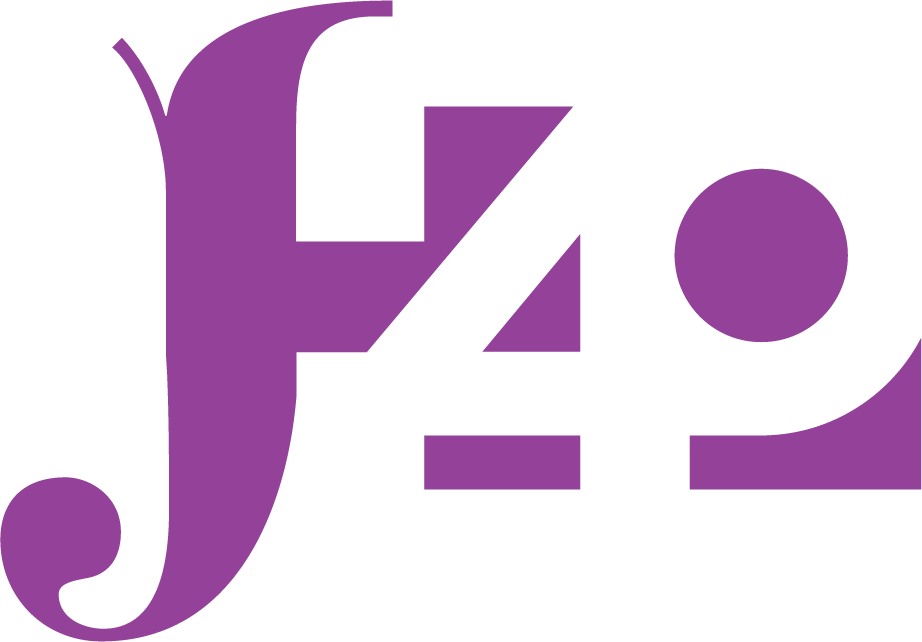During Humanities Day we encourage you to visit some of the virtual museums and galleries on campus. Explore exhibitions and galleries from the comfort of your home at any time during the day—no registration is required.
Apsáalooke Women and Warriors
Neubauer Collegium
This exhibition at the Neubauer Collegium for Culture and Society is the second chapter of the three-part curatorial project Apsáalooke Women and Warriors. Its centerpiece is a tipi-like structure that transforms the gallery into an intimate interior space incorporating the work of contemporary Apsáalooke artists featured at the Field Museum. The Neubauer Collegium exhibition functions as a mirror image, in part, of the Field Museum exhibition, which also features a tipi – though not accessible to the public. Listen to the latest interview with curator Nina Sanders and view exhibition highlights>>
Nine Lives: Virtual Gallery
Renaissance Society
Nine Lives takes shape around a set of protagonists, whether real or imagined, past or present, as if the exhibition were a collection of short stories or personal essays. These figures come forward in the artworks on view, which offer intimate but imperfect access to these individual lives. Take a virtual tour of the Nine Lives exhibition>>
Oriental Institute Museum Tour
The Oriental Institute
The Oriental Institute (OI) of the University of Chicago is a leading research center for the ancient Middle East. The museum houses some 350,000 artifacts—around 5,000 of which are on display—excavated mainly by OI archaeologists. Founded in 1919, at a time when the Middle East was called the Orient, the OI has pioneered innovative excavations and comprehensive dictionary projects that chronicle ancient civilizations. The Oriental Institute Museum aims to understand, reveal, and protect ancient Middle Eastern civilizations. Explore the OI's gallery and exhibitions>>
Take Care
The Smart Museum
Caring can be a form of affection, a survival strategy, a political tool, a mode of labor, and a means of sustenance. It can be driven by moral imperative or necessity. Whether an accumulation of small gestures, a singular bold act, or even strategic indifference, expressions of care—or the lack thereof—shape the world in which we live, a world that is often fraught with competing tensions and complexities.
Drawing generously from the Smart Museum’s collection, Take Care seeks to unpack matters of care from the personal to the collective. The artworks on view range from portrayals of familial relations and societal obligations, to gestures of hospitality and ritual, from strategies of bearing witness and evoking empathy, to explorations of networks of care and the results of their absences. This conversation between more than 50 works of art across media considers and reveals the multi-faceted nature of the ways care is conveyed and experienced. And, in doing so, urges the open-ended question of how we care for ourselves and each other in our broader social worlds. Take a virtual tour of the exhibit>>
The Fetus in Utero: From Mystery to Social Media
Special Collections
Once restricted to the privacy of the doctor’s office, ultrasound images of the fetus are now immediately recognizable in the public arena, through advertising and social media, where posts tagged “baby’s first pic” are commonplace. These depictions of the fetus in utero have become iconic and are arguably the most easily recognized medical image. How and why did this happen? And at what price and to what end? This exhibition takes an historical approach to this question by exploring the complex evolution of the fetal image in Western Christian culture. View the online exhibit>>
